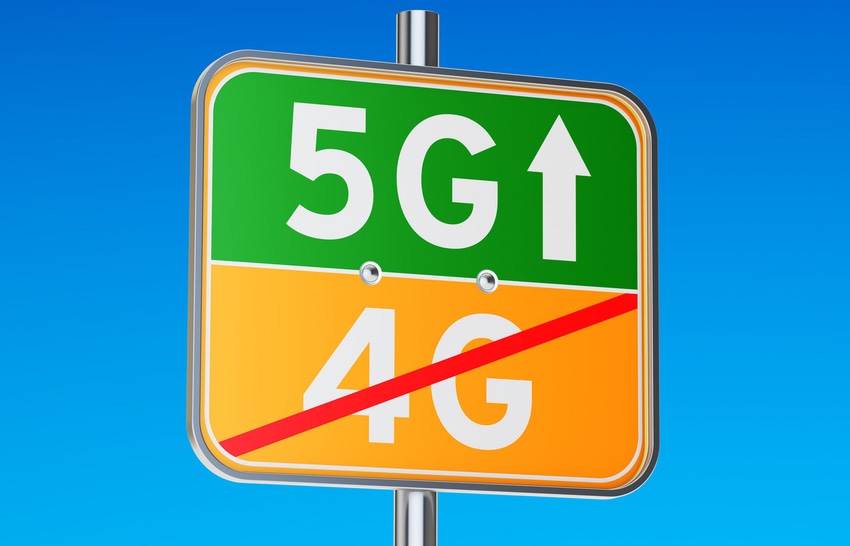Ericsson has taken another couple of small steps towards the promised land of 5G with a couple of successful tests in Sweden and Indonesia.
April 4, 2017

Ericsson has taken further small steps towards the promised land of 5G with a couple of successful tests in Sweden and Indonesia.
On Telia’s network in Sweden, the pair demonstrated speeds of 757Mbit/s on 4G networks, which Ericsson claims is proof of 5G readiness in the country. The speeds were achieved with 4G spectrum within 5% of the theoretical top speed achievable with 50 MHz – 800 Mbps.
“By simultaneously transferring parallel data streams over the radio access technology and aggregating spectrum resources, top speeds are increasing,” said Peter Malm, Head of Network Products for Ericsson in Nordics & Baltics.
“But above all, average speeds are significantly raised. Pushing the limits now in a commercial network rather than in a lab environment proves that we can drive 4G and 5G development faster and with quality for consumers wanting better picture and sound quality and advanced services.”
On the other side of the world, Ericsson claims to have achieved the first demonstration of 5G in Indonesia. The demonstration took place during a three-day event in the country, achieving a peak downlink speed of 5.74 Gbps and latency as low as 3ms.
“For operators, 5G has the potential to offer 34 percent growth in revenues in 2026 compared to 2016,” said Thomas Jul, Head of Ericsson Indonesia.
“Meanwhile, consumers will be able to enjoy new applications like augmented reality and 4K video streaming and industries will benefit from innovative IoT applications such as smart transport and remote healthcare, creating significant opportunities.”
Part of the demonstration included a robotic arm, which participants controlled in real-time using hand and finger motions. Such applications have been touted long and hard in the field of robotic surgery, though the latency threat have kept them on the backburner for the moment.
It also included a demonstration of how 5G could support 4K video streaming. During the event, 4K content was streamed from a server to a radio base station and then relayed to 5G user equipment and displayed on a 4K TV screen. Download speeds were recorded at 15 Mbps.
Elsewhere in the slow and steady march towards 5G, TIM has also put its mark on proceedings. During ‘5G Day’ in Turin, a first was achieved for the company as it demonstrated speeds up to 700 Mbps on a live 4.5G network, alongside Ericsson and Qualcomm. The demonstration is claimed to be a European record, having surpassed the previous mark of 500 Mbps.
“We are forging a path to the new 5G technology, a challenge that leverages our most important asset: the network,” said Giovanni Ferigo, Head of Technology at TIM. “TIM confirms its commitment to new generation ultrabroadband research and development, participating actively in the definition of the 5G standards, opening cutting edge laboratories, such as, for example, the mmWave lab, studying millimetric waves, and the IoT Open Lab to accelerate the development of Internet of Things applications, and developing new business models in partnership with the major technology players.”
About the Author(s)
You May Also Like








.png?width=300&auto=webp&quality=80&disable=upscale)


_1.jpg?width=300&auto=webp&quality=80&disable=upscale)


.png?width=800&auto=webp&quality=80&disable=upscale)